Doing these 10 renovations in an HDB flat will get you in trouble!

Although the HDB renovation guidelines are less stringent when they are compared to a Condominium, certain types of renovations are still off-limits.
Hence, pushing ahead with these renovations will land you in trouble, since they might compromise the building’s structure and integrity, impact the external building facade or even endanger the public’s safety.
Furthermore, specific renovation guidelines also apply for certain HDB developments, and you can check these guidelines through My HDBPage eServices. So, here is a quick guide on the Do’s and Don’ts when it comes to renovating an HDB flat.
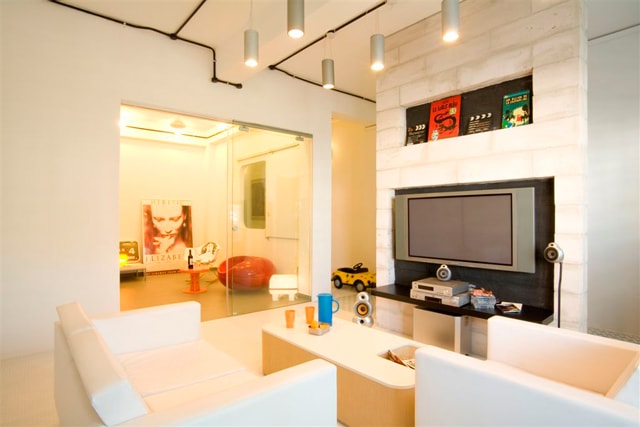
Open concept home interior has finally gained mainstream popularity. However do remember that only the non-structural and non-load bearing walls can be hacked, after you have obtained the approval from the authorities.
Do not even think of getting away with concealing wires by hacking partially and burying them in these structures.
Look out for the thick, bold black lines in the floor plan, since they denote the structural walls which should be left untouched. Always check out the floor plan first before committing the any property purchase.
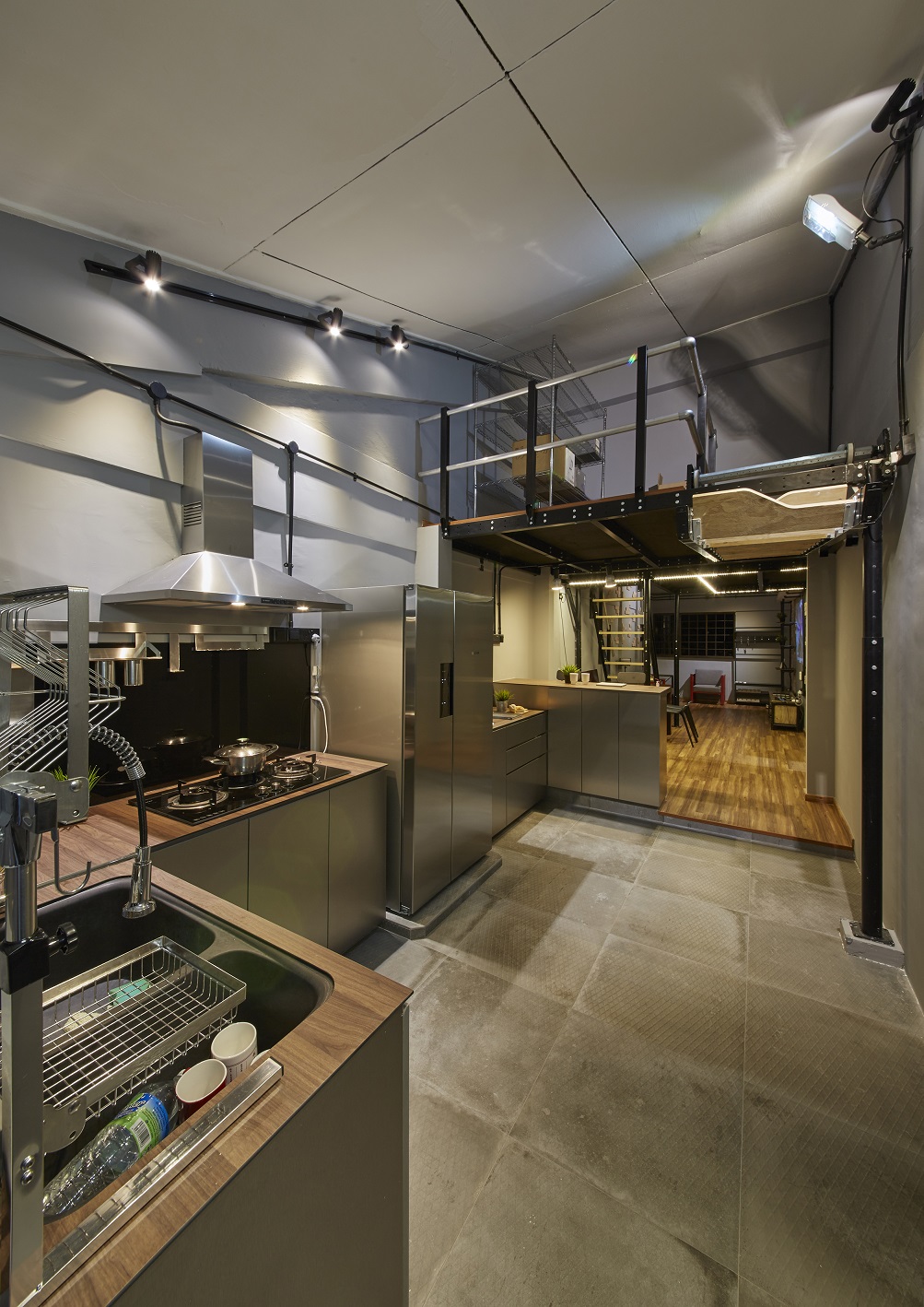
Made glamorous by the glitzy private property showrooms, mezzanine floors are popular ways for homeowners to increase their living spaces. However, these structures that cover over the void areas, especially within the maisonette or loft units, are prohibited under the HDB rules.
Unfortunately, this owner of a 3-room HDB flat learnt the hard way, when he is served a fine and expensive demolition orders.
If you are a proud owner of a maisonette or loft units, check with the relevant authorities if you wish to push ahead with building of mezzanine floors, even if the loft is 5 sqm or less. This is to ascertain that the usage of the structure will not compromise your property’s designed load.

HDB residents from Bedok , Ang Mo Kio and Woodlands, are known to adorn their common corridors with beautiful decorations during festivals. However, this does not mean that you should be renovating the outside of your HDB by hanging artworks or painting the common corridor walls, ceiling, laying floor finishes outside entrance door.
In fact, any fixed installations have to be done within the premises of the property, and not done in the common property, like what this HDB owner Koi lover has found out.
You can purchase the recess area, the space in front of your flat if you wish to extend the renovation outside of your HDB. You can check the eligibility conditions under the Sale of Recess Area Scheme.

Due to safety concerns, and to ensure that the HDB’s exterior does not end up with a meshed-up of Frankenstein designs, you are to leave your balcony, window grilles untouched. Examples of disallowed renovation works include:
However, certain minor mortification works are allowed and these include painting the inner parts of the window grilles to a different colour or changing the windows to another HDB approved window type (sliding or casement) within the same size restrictions.
Check with the authorities if you are unsure whether you are flouting any of the rules. You should always work with a window contractor that has been approved by the HDB or Building and Construction Authority (BCA).

In older HDB flat designs, aesthetics were very much an afterthought and hence, the service ducts and bathrooms and kitchen pipes are usually exposed. Therefore, these white PVC-coated abominations are quite an eyesore, and hard to maintain too.
One of the easiest ways to keep them from sight is to conceal them. However, enclosure of these features must be done using lightweight, non-combustible materials, and you have to provide access panel of 600 mm x 600 mm, so that they can be inspected during maintenance.
If concealing the bathroom service ducts and pipes with carpentry are too much of a hassle and expensive, you can consider an unusual approach to them, by first painting them to match the wall color, and then hanging a Venetian or Bamboo blinds to hide them.
This creates an unexpected design feature in the bathroom, while making it stand out from the cookie cutter designs.
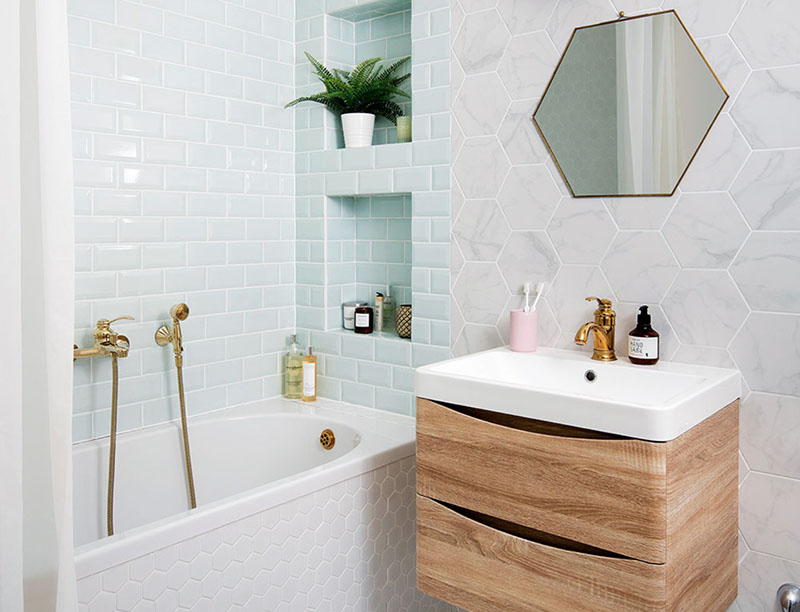
Arguably, the most luxurious bathroom fixtures you can get for your bathroom is a bathtub or a spa pool , where you can soak and wind down after a hard day at work. However, the HDB standard bathrooms are usually too small to accommodate a standard-sized bathroom.
Furthermore, an extension of the toilet to accommodate the long bath or spa pool is illegal before first 3 years upon completion of the block.
Even if you are thinking of getting a bathtub or spa pool, customised to the desired size, you must not tamper the floor slab ff you want the water pipes to be concealed within the flooring, or fill the void beneath the tub with cement mortar or other materials.
Proper inspection openings must be provided for future maintenance too.
Use ready-made free standing HDB bathtubs or spa pools since they are able to fit into most HDB bathrooms. Ensure that the maximum width and area of extension is not more than 600mm and 0.6m2 respectively, and that the existing gas riser and its branch pipe are not enclosed in the extended bathroom.
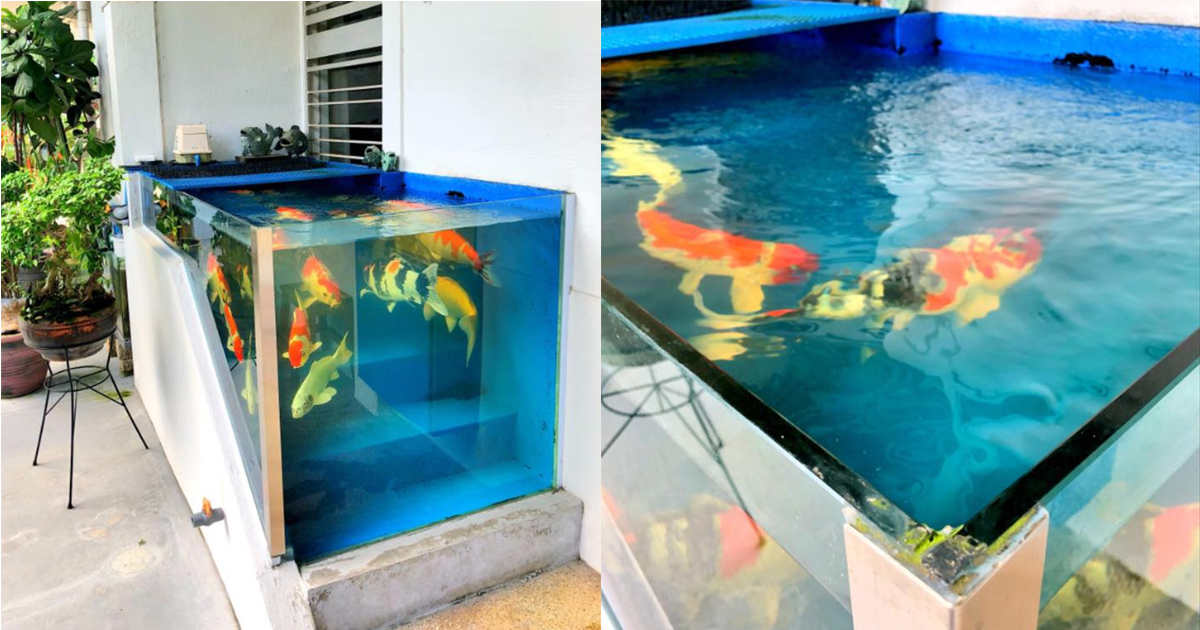
If you are thinking of getting a customised luxurious bathtub or spa pool, make sure that it does not weigh not more than 150kg .
In addition, you have to keep the total weight of the bathtub or spa pool when it is used ( i.e.bathtub, faucet, water, motor, other accessories and person included) well within the 400kg limit.
Aside from bathtubs, the weight of the standing fish tanks (i.e. inclusive of fish tanks inhabitants, water, sand and accessories included), supported on a 4-legged rack), must not exceed 600kg per room.
The maximum dimensions of the fish tank should not exceed more than 2m (6.5ft) length x 1m (3.2ft) width, with water depth must be kept within 0.5m (1.6ft)
Choose lightweight materials such as Acrylic or Fiberglass instead of marble or cast iron for the bathtub or spa pool, since these materials generally do not exceed 40kg. Remember to email the application to the HDB Branch for approval , prior installing the fish tank.

The Household Shelters (HS) are meant to protect the homeowners during a wartime emergency , and to shield occupants from blast fragments during a bombing. Hence, the household shelter re-enforced walls, floor slab, ceiling and steel door must not be tampered with during renovation.
As a result, generally any work involving hacking, using power-driven nails to install permanent fixtures in the walls, floor and ceilings, removing or covering up of the HS door notice or modifying any part of the ventilation openings and the mounting devices such as bolts and nuts is illegal.
Although there are many HDB HS ideas to transform it into more than a store room, be mindful not to run foul of the regulations by sticking to the basic renovation works such as painting and using removable fixtures such as pictures, posters, free standing cabinets or shelve.
In addition, ensure that the false ceilings installed just outside the HS have perforated access panels (of minimum size of 600mm x 600mm) positioned directly below each ventilation sleeve.

False ceilings are popular with home interior designers since they help to conceal ugly housing electric wires, pipes, and air-conditioning ducts. However, gas pipes are not allowed to be enclosed within the false ceilings.
This is because, in the absence of the pipe sleeves or ducts, the escaped gas will accumulate within the false ceiling or boxed-ups and pose a significant safety risk.
Furthermore, the nails or screws used during the installation of the ceilings or boxed-up may puncture the gas pipes and cause the gas to leak and accumulate.
The renovation professionals are reminded to consult the City Gas Pte Ltd, Licensed gas service workers or Professional Engineers (PE) on the safety precaution steps to be taken to ensure that the renovation works involving the gaps pipes do not endanger the homeowners.
Due to safety reasons, areas with gas pipes are prohibited from being converted into bedrooms.
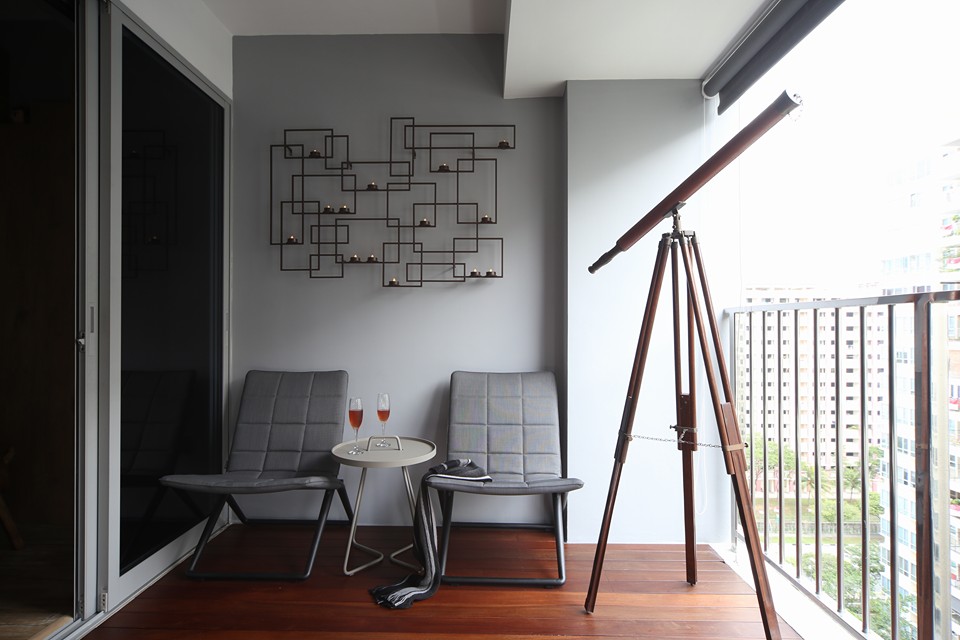
Many HDB flats come with balconies and planters. Planters are scaled-down versions of a balcony to encourage homeowners to grow plants to provide some visual relief to Singapore’s high-density concrete environment.
However, if you prefer to convert the planter area for other purposes, remember that installation of windows, grilles, wall screen, a structure of some form to enclose the planter or permanent sealing of the planter box to convert into a livable area is prohibited.
Decking the planter box with removable wooden planks also has other practical usages too, since you will be able to check and remove stagnant water which has run-off into the planter box. This helps to prevent your planter box from becoming a potential Aedes breeding site.
This article was first published in Renonation.